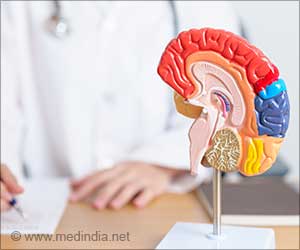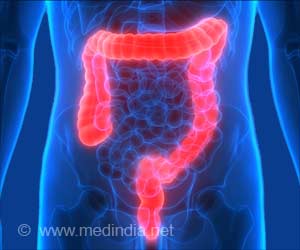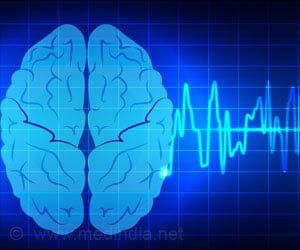
‘New study explored a link between hormones and body satisfaction in young pre-pubescent children for the first time.’
Tweet it Now
The research, 'Body Image Dissatisfaction and the Adrenarchal Transition' is published in the latest issue of the Journal of Adolescent Health. Dr Hughes said the study clearly indicated that there was a need for strategies in schools and at home to help children maintain a positive body image prior to the onset of puberty.
"What we have learnt is that pre-pubescent children, as young as eight and nine, are vulnerable to poor body image and the dissatisfaction does appear to be linked to hormone levels associated with the onset of puberty," Dr Hughes said.
"Basically the higher the level of hormones, the more unhappy the children were with their body size; however children with heightened levels of hormones also tend to be taller and heavier than their peers, and this could be the cause of their poor body image."
Dr Hughes said she hoped the research might lead to a discussion about strategies and programs that could help children maintain a positive body image prior to the onset of puberty.
Advertisement
"There may be a need for community and school programs that help young people learn about what underpins good self-esteem, because self-esteem is not solely invested in physical appearance."
Advertisement
The child is first asked to select the silhouette that most looks like them now (self-rating), and then asked to select the silhouette they would most like to look like (ideal rating). Each silhouette is scored and by subtracting the ideal from the self-rating children are allocated either a positive or negative body satisfaction score. Adrenal androgens, which are naturally-occurring steroid hormones such as DHEA and testosterone, were measured through saliva.
Source-Eurekalert









